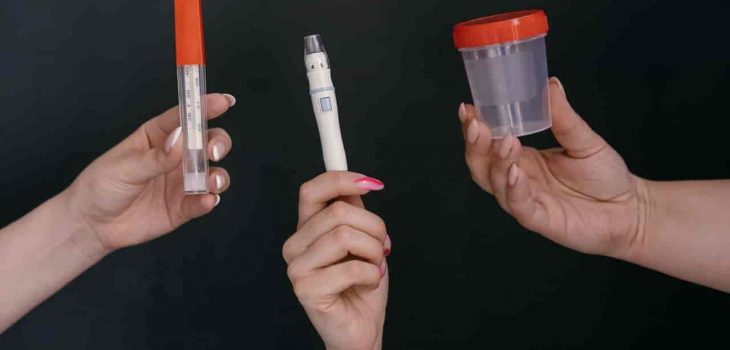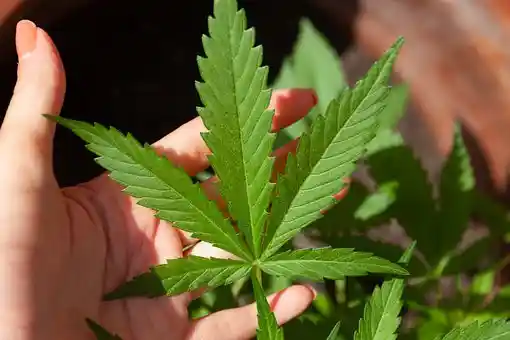What color is urine when your kidneys are failing?
Understanding the differences in body color is one of the most important things when you don’t have kidney function. There are many differences in how your body processes water and nutrients when you have none or only a few of your kidneys. What color is urine when your kidneys are failing? You need to know a few things about kidney failure, how to care for yourself, and your urine. Here are a few facts about the color of urine in kidney failure.
What color is your urine when your kidneys are failing?
Many things can affect the color of urine, but in general, it should be pale in color. The color of your urine can vary from clear to deep amber, brown or red.
When you have an infection or inflammation in the urinary tract, it may cause blood to enter the urine. This will turn the urine red or brown, depending on how much blood there is.
If you have diabetes and eat certain foods that contain large amounts of sugar (such as candy), this may cause your urine to smell sweet or fruity. This is called glucosuria and is a normal occurrence for people with diabetes.
Another common cause of coloured urine is dehydration. When you don’t drink enough fluids, your body pulls water from other places such as your blood vessels and bladder wall. This makes them thinner, so they let through more light-coloured substances like urobilinogen (a waste product that forms during digestion). As a result, your urine turns dark yellow or orange because there’s more urobilinogen present in each drop of urine than usual.
The following are some typical colors associated with different conditions:
- Clear or almost precise — Normal
- Cloudy or murky — Dehydration (not enough water in body fluids)
- Dark yellow — Bile in bile duct obstruction or liver disease
- Dark orange — Pyridoxine deficiency (vitamin B6 deficiency) or dehydration with an excess of protein in the urine (proteinuria) from heart failure, liver disease or kidney failure.
What are the symptoms of kidney failure?
Acute kidney failure can be caused by many things, including a bacterial infection, high blood pressure and diabetes.
Here are some signs and symptoms of acute kidney failure:
- Nausea and vomiting
- Loss of appetite
- Fatigue
- Dizziness or lightheadedness
- Swelling (oedema) in the feet, legs and abdomen
- Excessive urination (frequent urination) or reduced urine output (dry mouth)
- fever
- headache
- chills
- abdominal pain that worsens when you lie down (see Kidney Pain)
What are the first signs of kidney failure?
The first signs of kidney failure are usually vague and can include
- Nausea, vomiting, and loss of appetite
- Increased fatigue or weakness
- Abdominal swelling (oedema) due to fluid buildup in tissues
- Frequent urination, especially at night (nocturia)
- Trouble sleeping (insomnia)
What are the first signs of kidney failure in women?
Kidney failure is a common and most common cause of kidney disease. Kidney failure happens when your kidneys can’t filter waste products and extra fluid from your blood as well as they should. This causes your body to build up additional waste products and fluid, which can lead to serious health problems.
The first signs of kidney disease may include:
Excessive thirst, increased urination, swelling in your feet or ankles, fatigue (tiredness), weakness, nausea and vomiting.
The symptoms of kidney failure vary depending on the severity of the condition. Talk to your doctor immediately if you have any of these signs or symptoms.
How to prevent kidney failure?

Kidney failure is severe. These steps can help you prevent getting CKD or other kidney conditions.
Keep blood pressure and weight in check
High blood pressure can damage your kidneys over time, so it’s essential to keep your blood pressure under control. If you have diabetes, too much sugar in your blood can damage your kidneys. Maintaining a healthy weight helps protect your kidneys and lower your risk of diabetes.
Exercise regularly
Regular exercise can help lower your blood pressure and may reduce the progression of kidney disease. It’s best to exercise for at least 30 minutes 3 days a week.
If you don’t like exercise, try walking or cycling for 10 to 15 minutes at a time multiple times per day until you’re up to 30 minutes per day.
Related: How to Exercise to Reduce Belly Fat for Females at Home without Equipment
Drink enough water every day
Water helps flush waste products from your body through urination. If you don’t drink enough water or other liquids every day, there won’t be enough fluid in your urine to keep it clear and help flush out unwanted waste products from your body. You should drink about 2 litres (8 cups) of fluids every day unless told otherwise by your doctor or registered dietitian.”
Don’t take certain over-the-counter medicines frequently
Some medicines should never be taken without consulting a doctor first, but others are safe for most people to take on their own. Still, it’s essential to know the difference between these two types of medications so that you don’t have to worry about taking them incorrectly or becoming addicted to them.
Eat a healthy diet
Your diet is important to your overall health and well-being, including your kidneys. The right foods can help protect against kidney disease, while the wrong ones can cause or worsen it. Here are some tips for what to eat and what not to eat:
Eat plenty of fruits and vegetables daily — especially greens such as spinach, kale and broccoli; they’re packed with antioxidants that can help protect against chronic diseases like CKD.
Don’t overeat red meat like beef, pork or lamb; choose leaner cuts if you must regularly eat red meat. These meats are high in saturated fats that can damage your heart health as well as your kidneys. If possible, replace red meat with poultry or fish at least twice weekly.
Stop smoking if you smoke
Smoking damages the kidneys and raises blood pressure and cholesterol levels, which increase the risk of developing chronic kidney disease (CKD). People with CKD are more likely to develop the end-stage renal disease (ESRD) than those without CKD — especially if they smoke or have hypertension (high blood pressure).
In addition, quitting smoking improves blood pressure control and reduces high blood pressure, which helps slow the progression of CKD and ESRD.
Talk with your doctor about your medications
Many medications can cause kidney problems. Some drugs damage the kidneys, while others raise the risk of developing kidney disease. If you have questions about a drug’s effect on your kidneys, talk to your doctor. You may need to switch to an alternative medication or take steps to prevent kidney damage from the drug in question.
Final Words: What color is urine when your kidneys are failing?
Be sure to schedule an appointment with a doctor if you notice any changes in the color of your urine. Sometimes it can be nothing, but it can also indicate other health issues you want to address. Changes in the smell and colour of the urine are a sign that something is not right, so don’t ignore those changes, even though the color of your pee varies from time to time.
I hope that you have found the answer to your question. If you have more questions about urine color, I suggest you discuss this with your physician.






